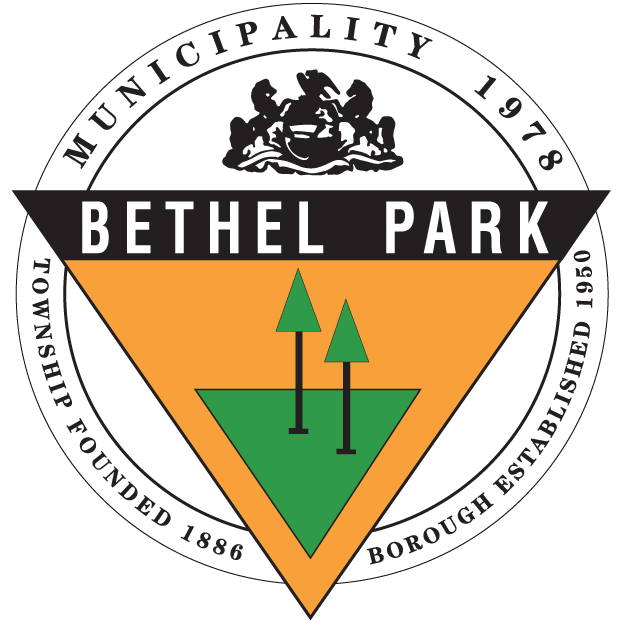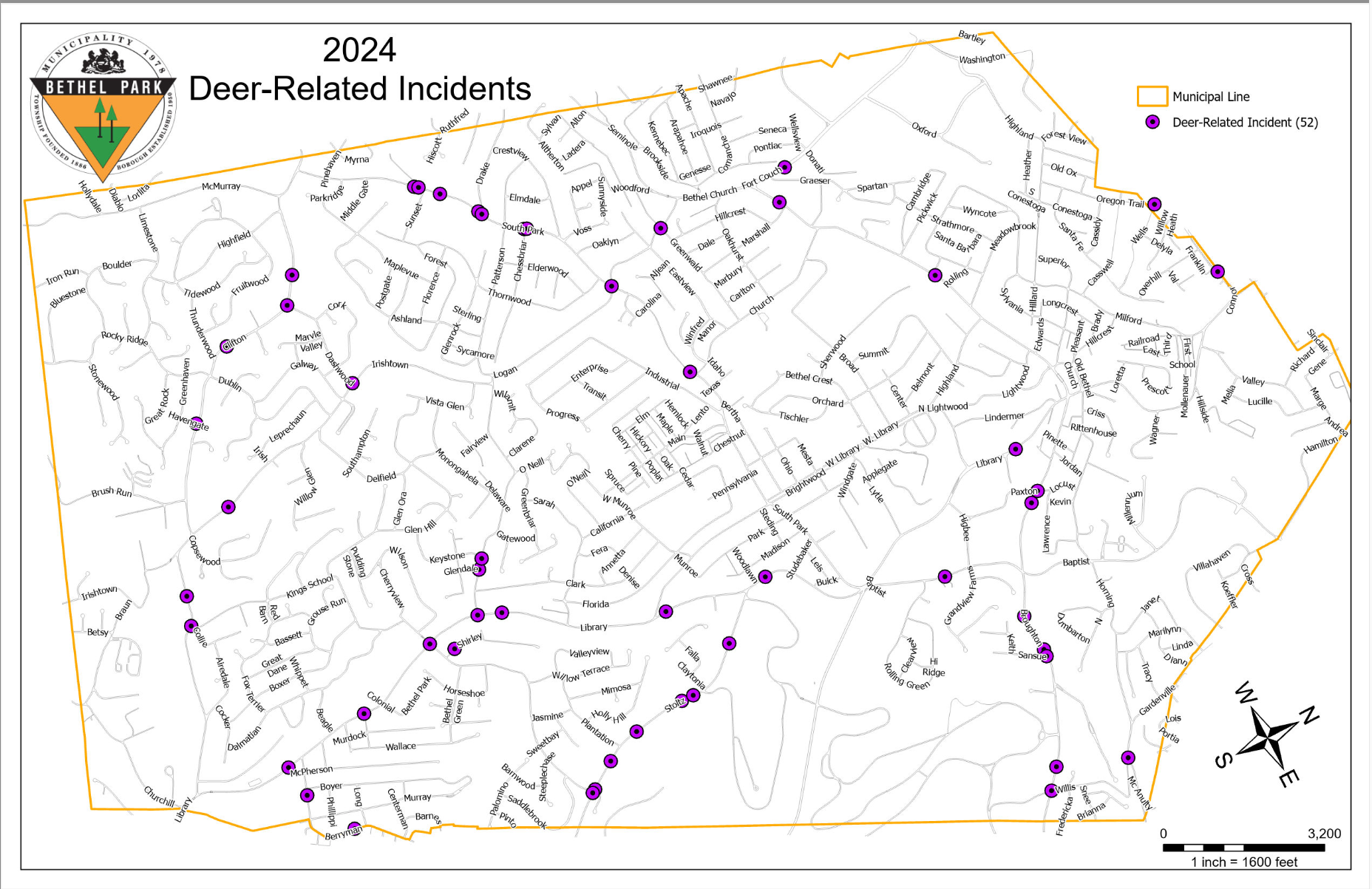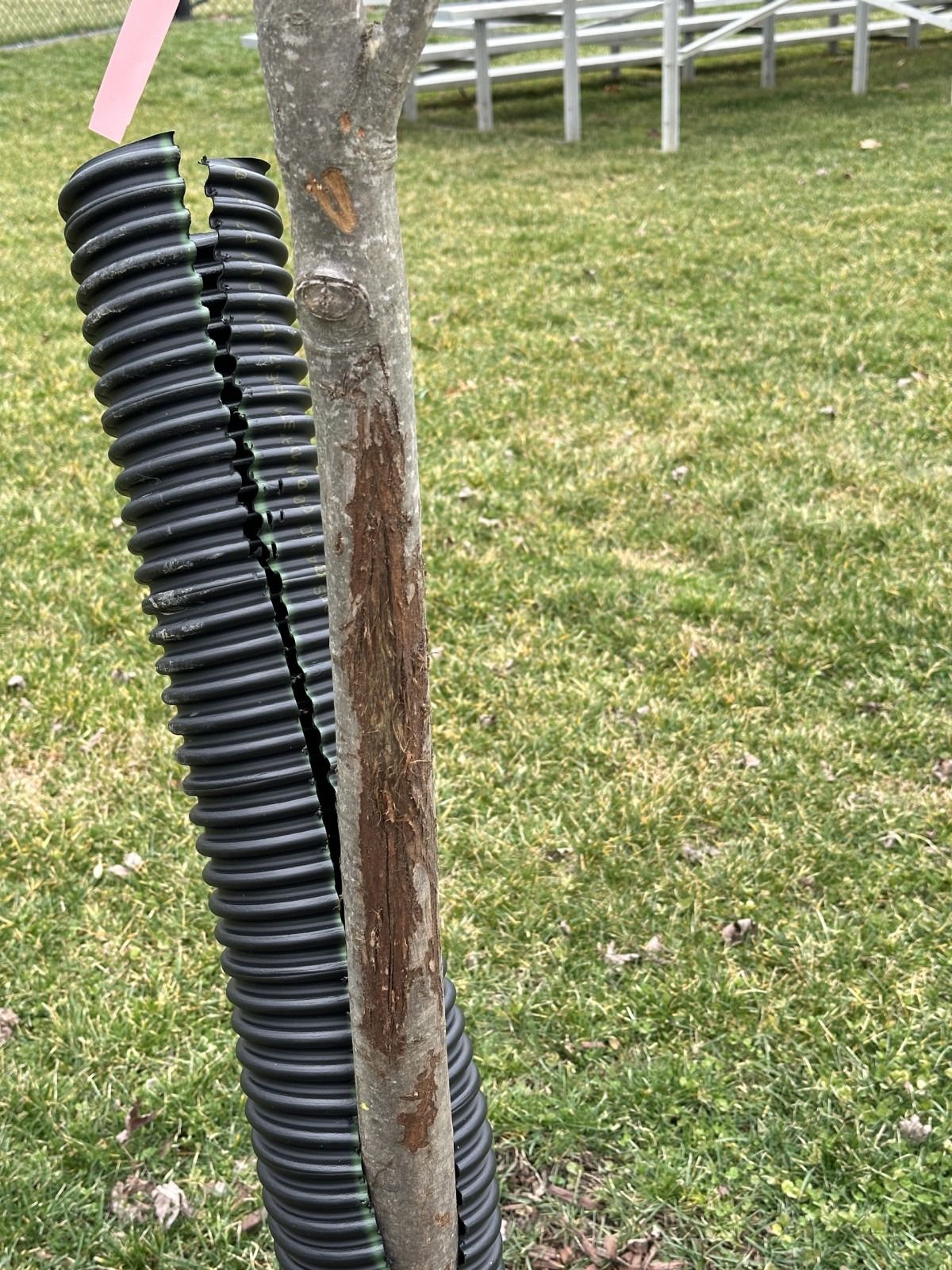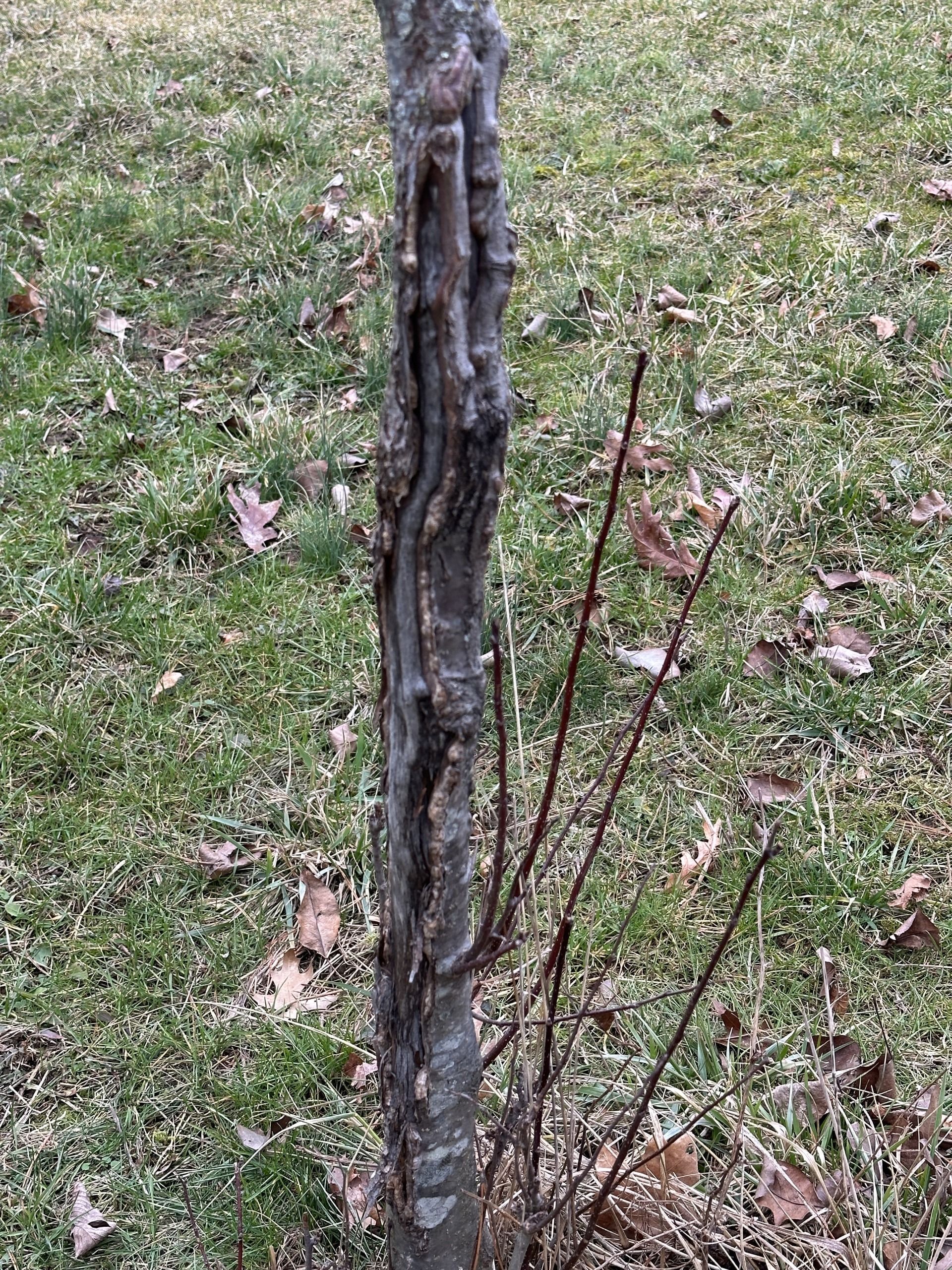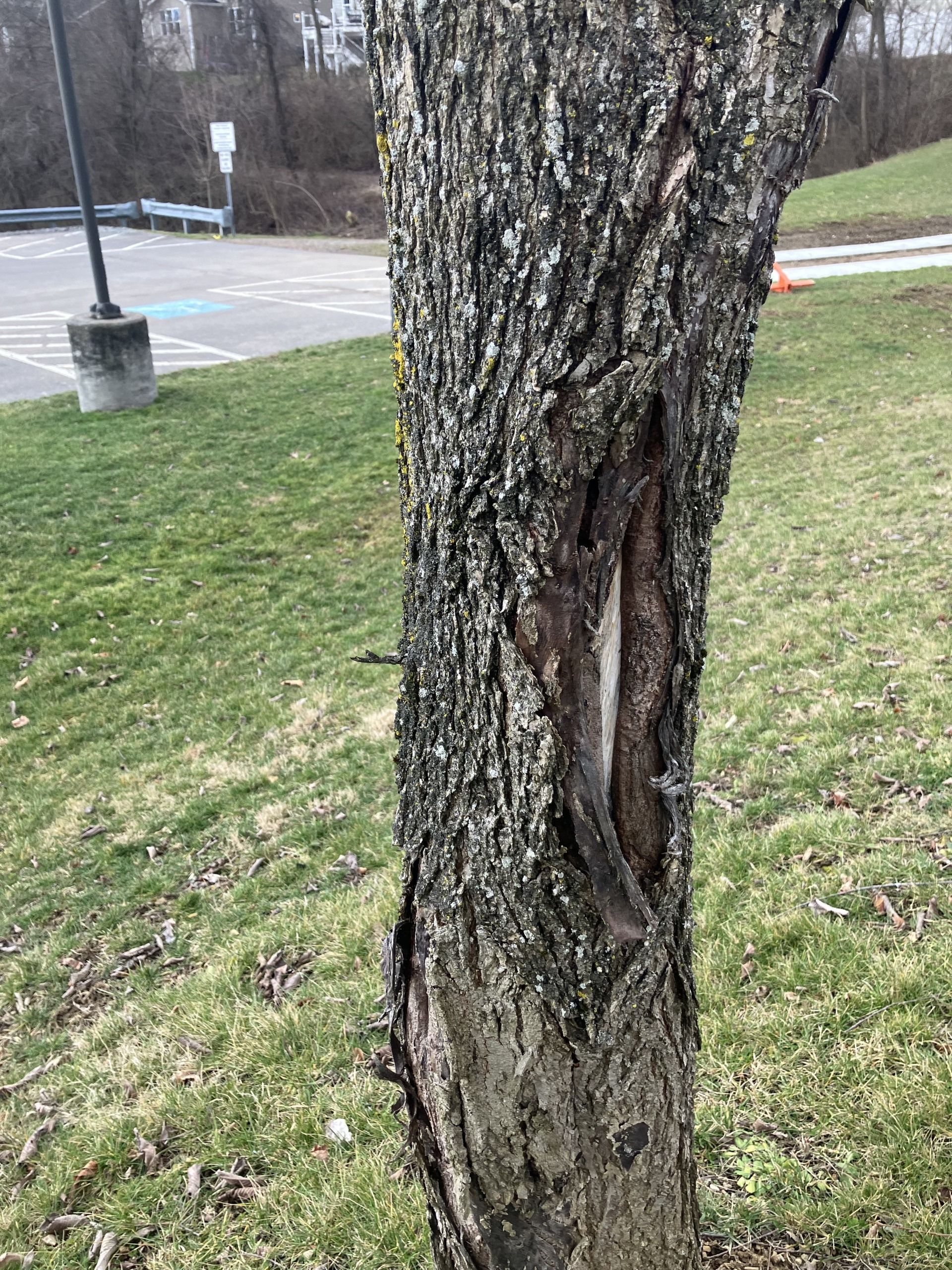WILDLIFE

Wildlife Management in Bethel Park
For 27 years, the Municipality of Bethel Park has utilized a comprehensive program to manage the community’s deer population. However, since 2018, there’s been a 24 percent increase in the number of vehicle-related deer incidents. Therefore, new measures outlined on this page were implemented in February 2023 to better manage the herd and reduce the number of deer-related vehicle accidents in the community.
Deer related accidents: Jan. 1, 2024 – Dec. 1, 2024
(Click the map below to view areas of reported deer/vehicle incidents in Bethel Park)

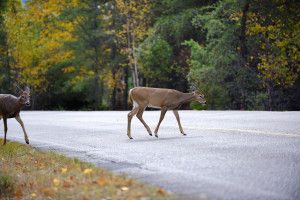
Fall driving safety tips
The following safety information is taken from the Pennsylvania Department of Transportation (PennDOT) website.
With fall being deer breeding season, drivers should be alert to deer darting across roadways as deer will become bolder as they travel more to seek mates. This activity is primarily between sunset and sunrise. Therefore, drivers should try to adhere to the following safety tips to reduce the possibility of being involved in a crash with a deer.
- Slow down, use caution and increase following distance between vehicles.
- Make young drivers aware of increased deer movement.
- Be especially watchful during morning and evening hours when wildlife is most active.
- Exercise caution when one deer crosses a roadway. Since deer often travel in small herds, one deer will usually be followed by others.
- Always wear seat belts.
- Never drive impaired.
- Turn on headlights if your wipers are on — it’s the law.
If a dead deer presents an obvious safety hazard on state roadways, motorists can call 1-800-FIX-ROAD to have it removed.
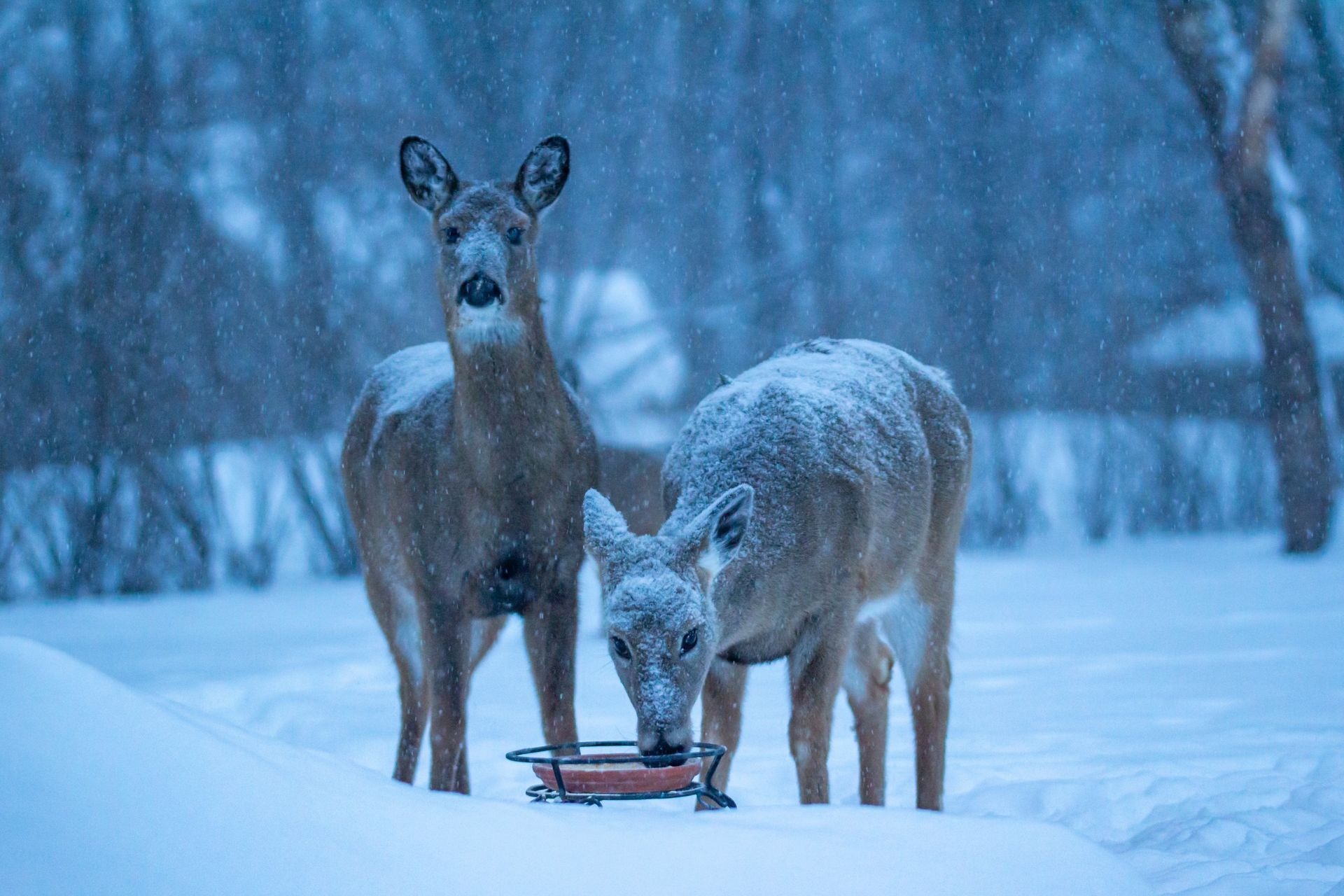
Please don’t feed the deer!
The following is taken from the Pennsylvania Game Commission.
While feeding deer may enhance wildlife viewing, decades of research has clearly shown that supplemental feeding leads to increased disease risk, long-term habitat destruction, increased vehicle collisions, habituation to humans and alteration of other deer behavioral patterns and, ultimately, the demise of the value of deer and deer-related recreation. Please click on the following link to learn more: Please Don’t Feed the Deer (pa.gov)
Examples of tree damage in the parks

F.A.Q.
Why is it necessary to reduce the size of Bethel Park's deer herd?
Since 2018, Bethel Park has experienced a 24 percent increase in the number of vehicle-related deer incidents.
In 1996, the Municipality began efforts to manage the deer population and reduce deer-related vehicle accidents utilizing deceased deer pickup data along the roadways as an indicator of the number of deer-related vehicle accidents occurring in the Municipality. This data was then used to evaluate deer management efforts and guide future decisions regarding the deer population.
In 2014, the Pennsylvania Game Commission issued a report that identified deer-related vehicle collisions as a primary problem associated with deer in developed areas. According to The Insurance Institute for Highway Safety (IIHS), Pennsylvania has consistently ranked in the top five states for motor vehicle crash deaths in collisions with animals. Further details are in the following chart:
Year Deceased Deer Pickups
2018 160
2018 156
2020 160
2021 172
2022 224
2023 199
What are the ecological impacts of deer overpopulation?
Deer extensively damage our parks, trees, gardens, and landscaping. Deer tend to avoid grazing non-native and invasive plants leading to an overabundance of these species and an underabundance of desirable plants. Overgrazing lowers density and diversity of the lower levels of the ecosystem and destroys habitats for other species of animals.
Up to 33 percent of recently planted trees in our local parks have sustained some deer damage even with protective covers.
What if I feed the deer?
Bethel Park has an ordinance against deer feeding. Deer feeding is also harmful to them and the local environment. It causes deer to cluster in larger groups which spreads disease amongst themselves and potentially humans and pets and causes more intense competition with other wildlife.
Pennsylvania has the highest number of confirmed cases of Lyme Disease out of all 50 states, yet it is estimated that only 1 in 10 cases is diagnosed. Additionally, Ehrlichiosis, Babesiosis, Tularemia, Rocky Mountain Spotted Fever, and Powassan Virus are all tick-borne diseases that are endemic to Pennsylvania.
Who made the decision to cull the herd?
In 1996, Bethel Park Municipal Council voted to cull the deer herd after several years of study. In the years following, archery was used; however, being limited to daylight hours and primarily the area surrounding Allegheny County – South Park, the archery volunteers were only able to remove 40-60 deer per year. In 2022, Bethel Park applied for and received a special use permit from the Pennsylvania Game Commission to use sharpshooters to cull up to 250 deer per year. In 2023, Bethel Park entered into an agreement with Suburban Wildlife Management (SWM) to provide these services.
What are the goals of the deer culling program?
The program aims to cull 200 – 250 deer from the herd each year with a goal to reduce deceased deer pickups below 120 per year for five years.
When will the sharpshooting phase begin and end?
Sharpshooting will typically run from early February until early April and may resume in November through December.
Who are the culling agents and how are they certified?
Suburban Wildlife Management employs certified wildlife biologists and professional field technicians to conduct the cull. The sharpshooters have also been certified by the Nuisance Wildlife Control Operator Association. Suburban Wildlife Management also provides these services to several neighboring communities.
Where and how will culling take place?
Culling will initially be limited to Municipal-owned parks. High visibility signage will be placed at the entrances to parks during the culling season. In the future, larger tracts of private property, with the permission of the owners, may be included. SWMS specialists will set out bait for the deer and then shoot from fixed, elevated positions, ensuring that the bullets will not stray beyond the targets. They will use suppressed rifles so that noise does not disrupt the community.
At what times and days will culling occur?
The permit, valid through Sept. 30, 2023, allows for culling seven days a week; however, weather, human activity and deer movement will determine which nights culling will occur (between the hours of 4 p.m. – 6 a.m.).
What ensures that a deer will not run for a while ending up injured or dying on someone else’s property?
Deer will only be culled as per American Veterinary Medical Association guidelines for euthanasia ensuring that no deer will exit a property on which permission has been granted.
What will happen to the harvested deer?
Deer will be immediately removed and taken to a local processor with meat being donated through Hunters Sharing the Harvest food banks located throughout Allegheny County. Any food banks, churches and other similar organizations that would also like to receive venison from the program should email wildlifemanagementsolutions@gmail.com.
How can we be sure residents will be safe?
Suburban Wildlife Management has been operating in several neighboring communities and has been using these methods effectively to control deer in many different environments with no resulting injuries or deaths. The sharpshooting will occur only from fixed, elevated positions (providing an earthen backdrop at all times) and will use frangible bullets (intended to disintegrate into tiny particles upon target impact to minimize their penetration of other objects) designed to prevent ricochets—both important safety measures. Police and the local wildlife conservation officer will be notified of the dates and times of the anticipated deer removal.
Is this approach humane?
Only American Veterinary Medical Association approved techniques are used to euthanize deer.
What should I do if I hear or see something that frightens me?
Call Police Dispatch at 412-833-2000.
Where can I learn more?
